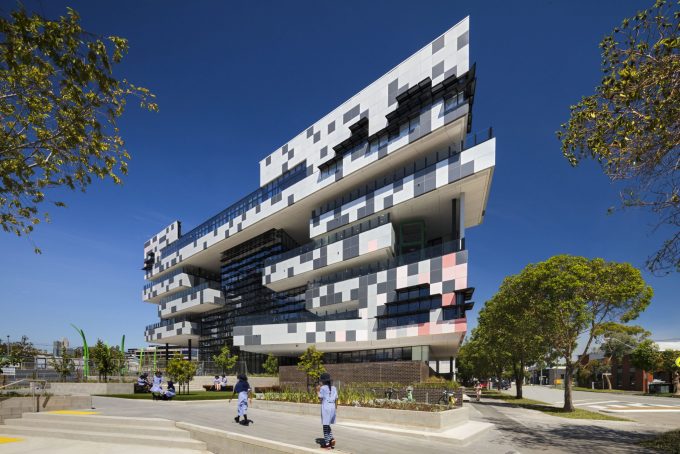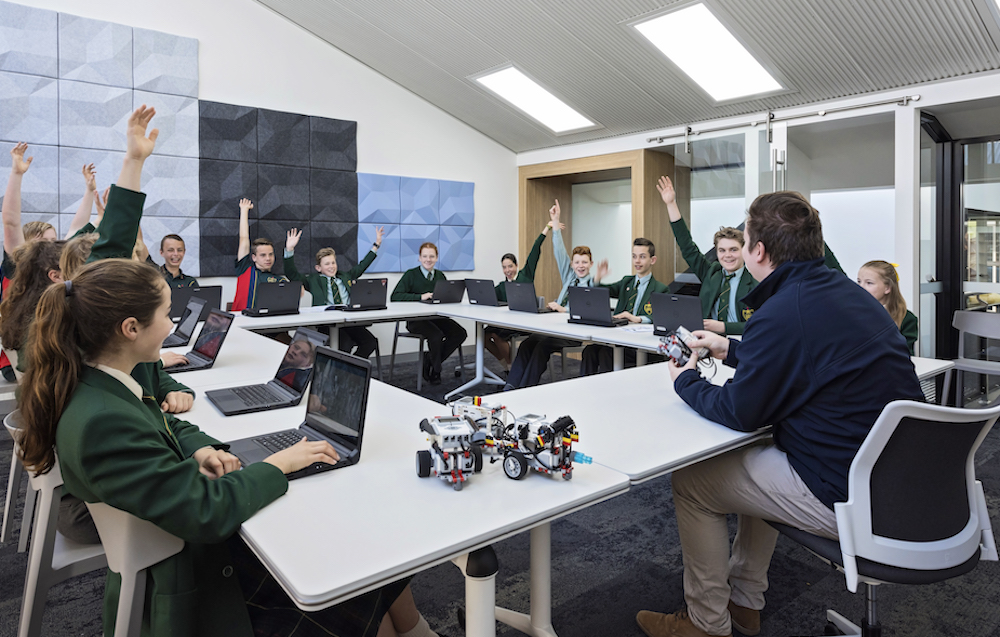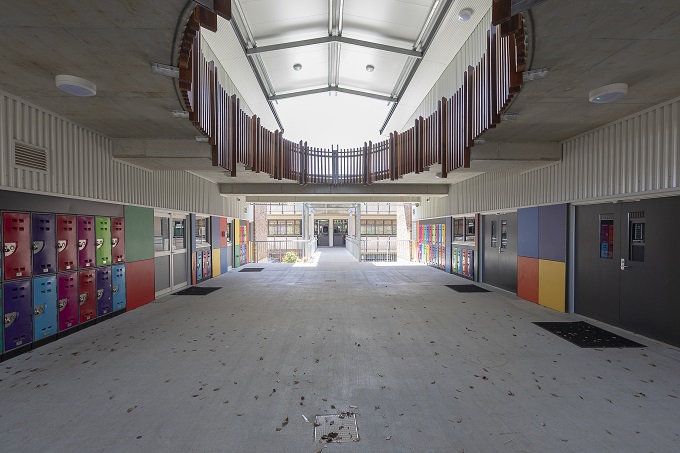
Too many schools around Australia get too hot and it impacts student learning.
During summer of this year, Victorian state primary schools made headlines with children becoming ill and suffering nosebleeds because their classrooms had no air conditioning. Young students from Brunswick South West Primary School told The Age that they were measuring temperatures over 30°C in their classes, making it “so hard to concentrate”.
Research going back to the 1970s has shown that temperatures above 23°C can negatively impact student comfort and concentration, particularly in subjects like reading and mathematics. A 2018 Harvard Kennedy School study of 10 million secondary school students found that they had better academic results after a cool school year than after a hot school year. In fact, student achievement dropped by one percent per additional degree in temperature (in Fahrenheit as this was a US study). Associate Professor Joshua Goodman reflected: “School air conditioning penetration reported in 2016 mitigates the adverse effect of hot temperatures substantially, such that moving from a school with no air-conditioned classrooms to a school with all air-conditioned classrooms reduces the impact by approximately 78 percent.”
For schools that have air conditioning, and those hoping to install it, maintenance, ongoing cost, ventilation and environmental efficiency are hot concerns. So, School News spoke with a few leaders in the sector to find out what air conditioning options and insights are available for schools in 2019.
Industry points to remember:
Daikin Australia’s air conditioning brand manager Lien Lam spoke to us about servicing tips for schools.

Having the air conditioners checked each year by a qualified service technician before more extreme seasonal conditions set in is ideal to make sure the systems perform at their best. Aside from this, remember to keep the air filter clean and the outdoor unit free of leaves and debris.
Today’s air conditioners have many more smart functionalities as opposed to 15 years ago and this can be confusing. Aside from basic training, at a minimum depending on the system and model installed, principals should set timers and a reasonable temperature limit range for each season. If you have split systems with filters installed at your school, as a general rule, they should be cleaned every two weeks if the system is used during majority of the day when class is in session. In more dusty or polluted environments (for example, schools located near main roads), the filters should be cleaned more regularly as blocked filters can reduce a system’s efficiency significantly. A clean filter can lower your air conditioner’s energy consumption by anywhere from five percent to 15 percent.
Understandably for principals, having control over how staff use the air conditioners is a priority to ensure there are no major surprises when they receive the energy bill for the quarter. Advancements in control technology have given users the ability to access all kinds of functionality available in the air conditioning systems. This includes things as basic as timers to ensure that it switches on and off during specific times of the day, and days of the week, limiting how low and high the temperature can go, even controlling it remotely via an app. If schools are concerned about energy bills during summer, one thing to note is that for every 1°C you increase the thermostat, it has the potential to reduce energy consumption by five to 10 percent.
Resident air conditioning expert at Alinta Energy Geothermal, Mark Langdon discussed the importance of indoor air quality.
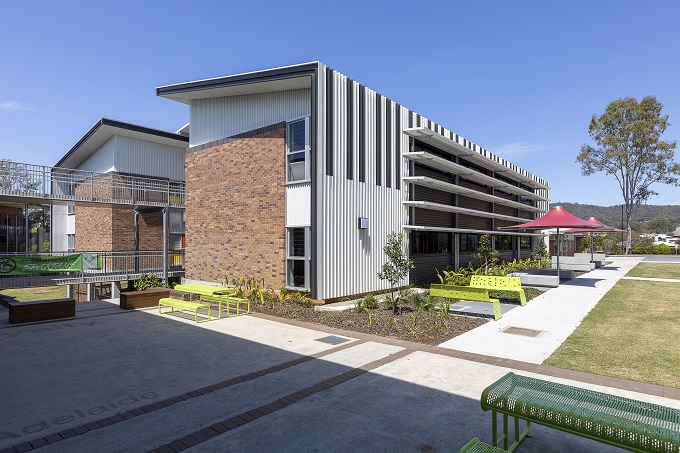
Most education departments and authorities typically have a standard set point for temperatures based on comfort and energy efficiency. As a guide, 24°C in summer and 20°C in winter will offer comfort as well as efficiency in operation. Centralised controls provide schools with the ability to maintain optimum temperatures with classrooms as well as ensuring that they are being operated in the most efficient manner. Central control also ensures systems are not operated when rooms are unoccupied or outside of school hours incurring costs unnecessarily.
Indoor air quality is as important as climate control in schools. The introduction of outside air internal space has cognitive benefits for students but low cost options within classrooms may not have the ability to do this. When selecting a solution for classrooms, it is important that the option has provision for introduction of outside air. A ducted geothermal system will have this option available.
Like all mechanical equipment, air conditioning systems will always work most efficiently when it is properly serviced. All air conditioning system manufacturers will have prescribed servicing regimes. One of the key advantages of a geothermal ducted system is that they will require less maintenance than a conventional system, reducing the cost of equipment ownership.
The use of geothermal air conditioning systems is being recognised as a genuine energy saving option for schools both in Australia and globally. Through using the constant temperature of the ground, a geothermal system will provide consistently high efficiencies in comparison with a conventional air conditioning system. The removal of external fans also provides safety, design and acoustic benefits to schools.
We spoke with air conditioning specialist Ari Grimekis from Mitsubishi Electric about popular options for schools.
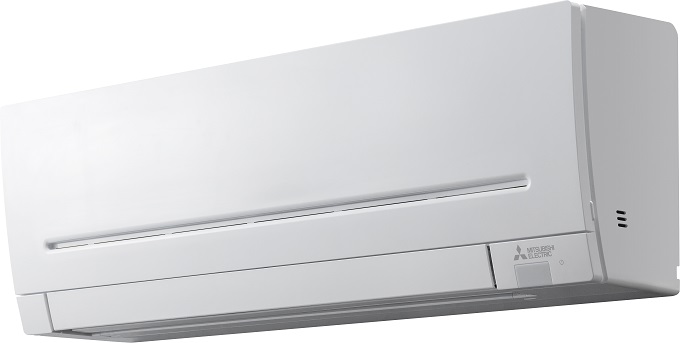
Wall-hung split system air conditioning is the most popular with schools due to price. They are the cheapest form of air-conditioning you can get and you just put them on the wall in the classroom, connect your piping and wiring and that’s it. The next option is a ducted system where you have a sealed unit in the ceiling but they can cost about 50 percent more and are more involved to install. Ducted systems have much better filters, a longer lifespan and better maintenance but the favoured school trend is for split systems.
A badly maintained air conditioning system may only last half as long as it should, so once a system is purchased, schools should enforce a diligent maintenance program undertaken by staff or contractors who know what they are doing. Maintenance involves cleaning and taking out filters to wash, checking the heat exchanger and fan barrel to ensure they are not clogged with dust. If filters are not cleaned, the dust pulls through the filters and clogs the unit and in some cases the systems can’t be salvaged. Keeping it clean should be a priority because keeping it clean goes hand in hand with energy efficiency and the life of the product.
I recommend maintaining your system every month. Proper maintenance could make the difference between your system lasting ten years or five years. A new system will have up to 40 percent of the energy consumption of an old air conditioning unit so it is worth looking at replacing them purely on the basis of cost savings.
You can do a lot to reduce the energy costs of the school. Some schools use a motion sensor to detect movement and body heat so they know to turn on if a room is occupied and turn off when it isn’t. I think the temperature has to be kept as close to 23 degrees as possible. It’s a learning environment, so students should be comfortable and you shouldn’t be sacrificing comfort for energy.


